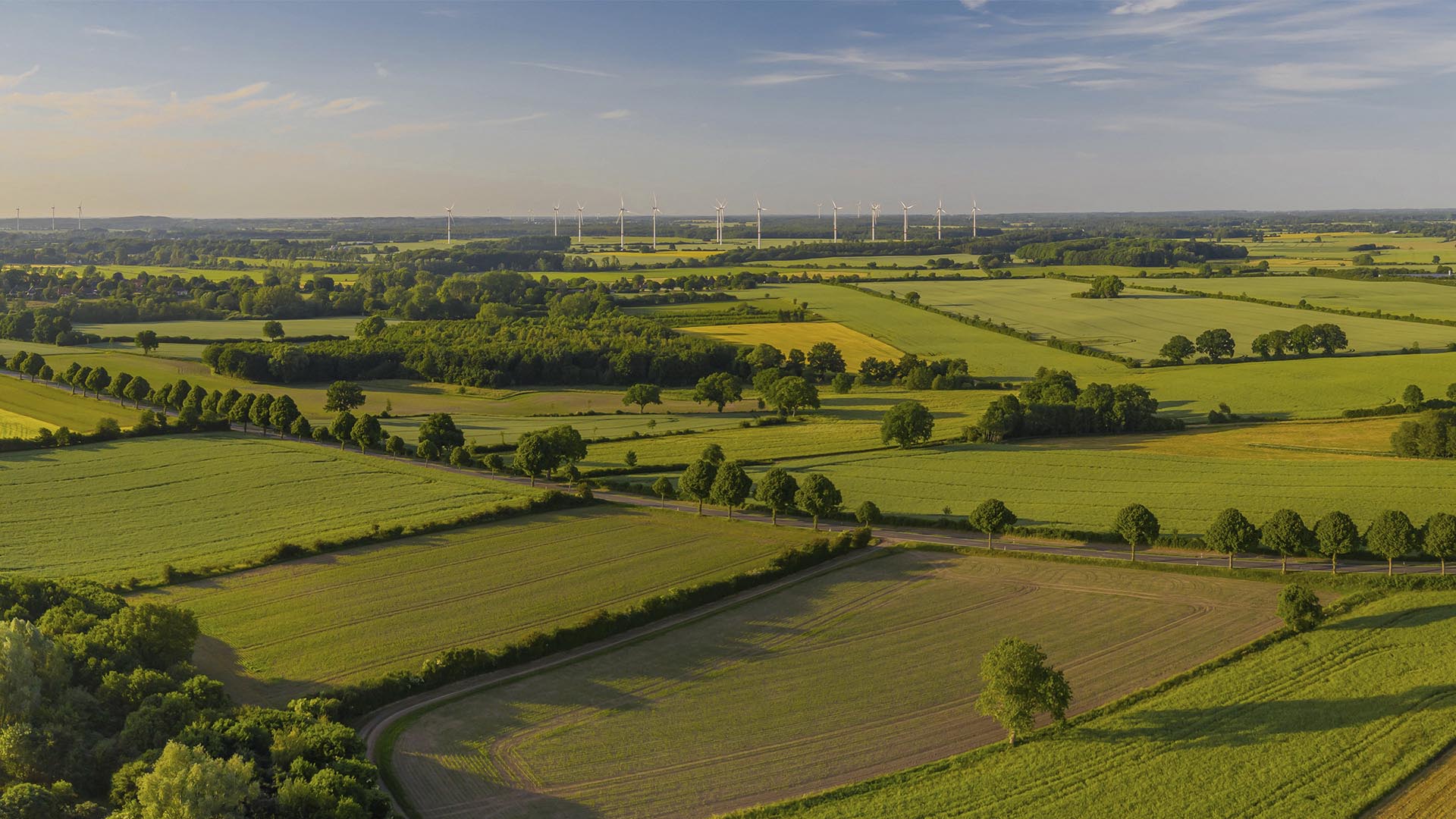This content is also available in: German
Land use in the bioeconomy
Efficient land use is key for achieving effective agricultural, climate and environmental policies. It involves balancing the production of food, feed and biomass for energy and material use with the provision of services for climate and environmental protection.

Land use is often associated with greenhouse gas emissions, yet the plants cultivated simultaneously sequester CO2 from the atmosphere. They create the basis for carbon sinks in natural systems and in downstream material storage (e.g., construction wood). In addition, the biomass produced can replace fossil raw materials and energy sources, thereby contributing to climate change mitigation. To design effective climate policies for agriculture and forestry, it is essential to consider all these effects in an integrated manner.
The increasing demand for biomass for energy and materials affects land and food prices, as well as cropping patterns and biodiversity. Considering the contribution of agriculture and forestry to the decarbonization of other sectors, Agora Agriculture analyses the impacts on various societal goals and develops land-use policy proposals that accommodate the different aspects of sustainability.





